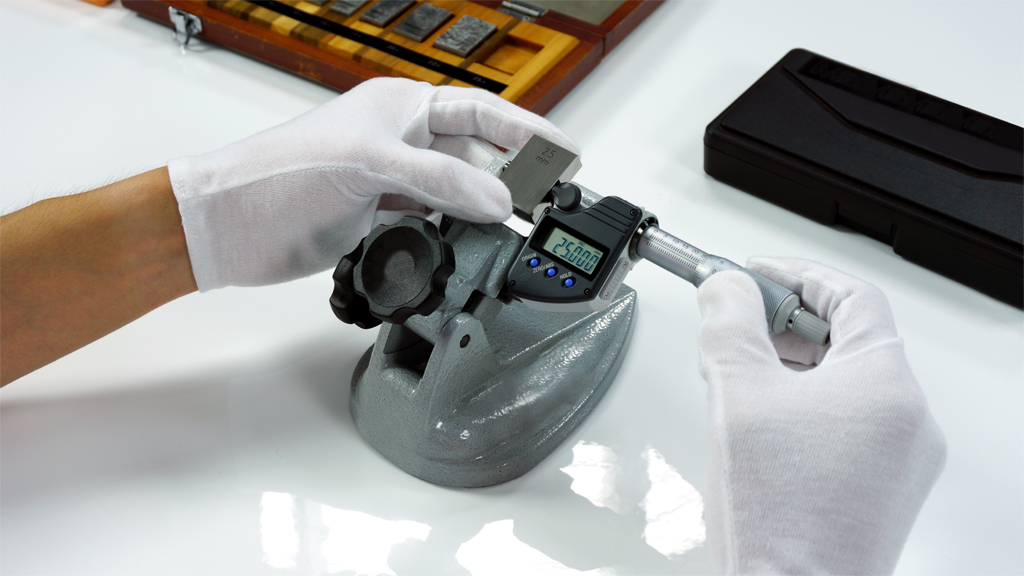In the ever-advancing world of precision engineering and manufacturing, the pursuit of excellence is a relentless journey. At the heart of this pursuit lies the calibration and measurement of gauge blocks, an essential process that redefines accuracy benchmarks and sets new standards for quality and precision. Gauge blocks, also known as slip gauges or Jo blocks, are marvels of engineering in their own right. These finely crafted metal blocks come in a range of sizes, typically from a few millimeters to tens of centimeters and are manufactured to extremely tight tolerances. They serve as the foundation for dimensional measurements in various industries, from automotive and aerospace to electronics and scientific research. To maintain the utmost accuracy, gauge blocks need to be regularly calibrated. Calibration is the process of comparing the dimensions of a gauge block against a known standard, traceable to national or international measurement institutes. Calibration laboratories equipped with state-of-the-art precision instruments perform this critical task, ensuring that each gauge block adheres to the highest metrological standards.

Historically, gauge block calibration was a meticulous and time-consuming process, requiring skilled technicians and specialized equipment. However, recent technological advancements have revolutionized this field. Cutting-edge optical interferometers, laser interferometers and coordinate measuring machines (CMMs) now play pivotal roles in establishing the accuracy of gauge blocks with unprecedented precision. One of the key advancements in gauge block calibration is the implementation of a technique known as sub-divisional interpolation. This technique involves using precisely controlled displacement steps and sophisticated algorithms to interpolate between gauge block website measurements. By employing sub-divisional interpolation, laboratories can now measure gauge block lengths down to the nanometer level, pushing the boundaries of accuracy to previously unimaginable heights. Furthermore, the adoption of digital calibration systems has streamlined the calibration process, reducing human errors and increasing efficiency. These systems can automatically record and analyze measurement data, producing detailed calibration reports that provide manufacturers with crucial insights into the performance of their gauge blocks.
The impact of accurate gauge block calibration extends far beyond the laboratory. Industries that rely on precise measurements can now manufacture components and products with unparalleled accuracy, leading to improved functionality, reduced waste and enhanced customer satisfaction. From micro-components in advanced electronics to critical parts in space exploration missions, the precision enabled by gauge block calibration elevates the quality of countless products and technologies. In conclusion, gauge block calibration stands as a testament to human ingenuity and the relentless pursuit of excellence in precision engineering. By leveraging cutting-edge technologies and methodologies, this process redefines accuracy benchmarks and sets the stage for a future where precision knows no bounds. As industries continue to evolve and demand ever-higher levels of accuracy, gauge block calibration will remain a cornerstone of progress, empowering manufacturers to push the boundaries of innovation and achieve new heights of precision and quality.